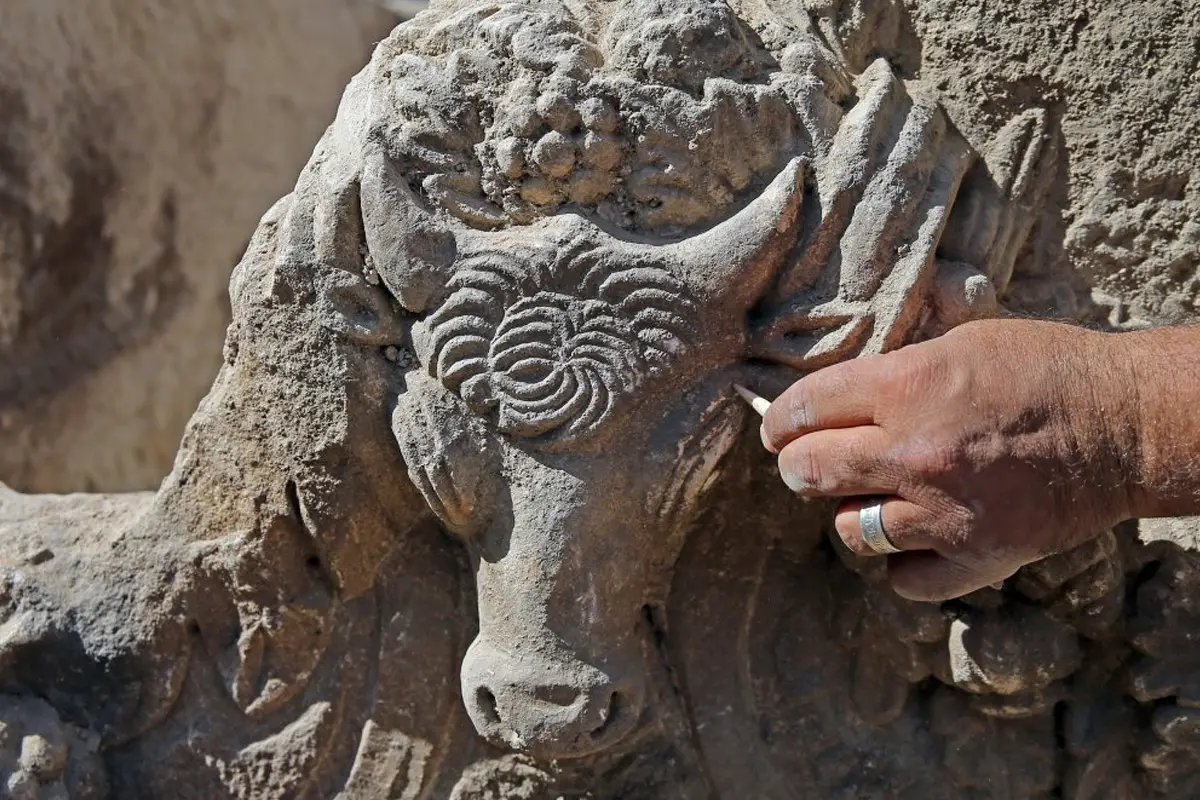Excavations in Stratonikeia, located in the Yatağan district of Muğla in southwestern Türkiye, have unearthed a 2,000-year-old sarcophagus from the Roman Imperial Age.
According to historians such as Strabo, Stratonikeia was founded by the Seleucid King Antiochus I Soter (281–261 BC), who named the city in honour of his wife, Queen Stratonike.
Under Roman rule, the city flourished as a major cultural and political centre, renowned across the Roman world for its grand public buildings, including the agora, gymnasium, temples, and theatres.
The city also gained fame as a centre where gladiators trained, competed, and eventually retired. Numerous inscriptions and reliefs even commemorate their gladiatorial achievements in the arena, earning Stratonikeia the nickname “City of Gladiators.”
In recent excavations led by Professor Bilal Söğüt from Pamukkale University, archaeologists have unearthed an ornately decorated sarcophagus where the Agora was located – the heart of urban life (similar to the Roman forum).
In a press statement issued by the Stratonikeia and Lagina Excavation Team, the sarcophagus features elaborately decorated garlands and has depictions of ram heads in the four corners, bull heads along the narrow sides, and figures of Eros – the god of love, desire, and passion.
According to the archaeologists, the sarcophagus dates from the Roman Imperial Age and was likely carved locally in Stratonikeia.
“This sarcophagus is one of the best examples of garlanded sarcophagi, both in terms of its variety of figures and the clarity with which we can determine its age. Especially in our work in Stratonikeia, we now possess the most beautiful sarcophagus base in the city,” said Professor Söğüt.
Stratonikeia has been listed on the UNESCO World Heritage Tentative List by the Delegation of Türkiye to UNESCO. The discovery forms part of the broader “Heritage for the Future Project, a major archaeological project to uncover and preserve the nation’s heritage.
Header Image Credit : Anadolu Agency (AA)
Sources : Anadolu Agency (AA)





